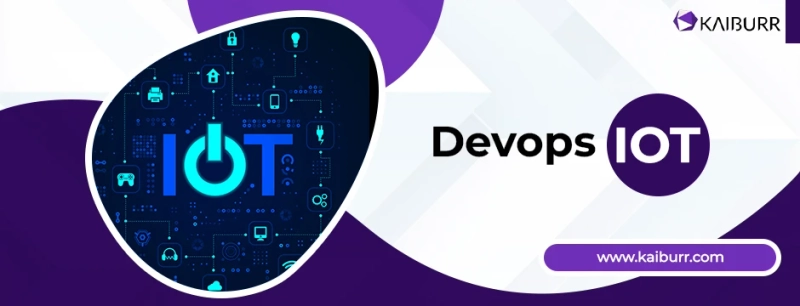In the ever-evolving landscape of technology, the Internet of Things (IoT) is rapidly gaining prominence. IoT encompasses a vast network of interconnected devices, sensors, and software, with applications ranging from smart homes to industrial automation. However, managing the intricate relationship between hardware and software in IoT projects can be a formidable challenge. This is where IoT DevOps steps in, acting as the bridge that connects the physical and digital worlds.
What is IoT DevOps?
IoT Development Operations is a set of practices that applies DevOps principles to IoT development. DevOps is a methodology in software development that places a strong emphasis on fostering collaboration between software development and IT operations teams. It focuses on automation, continuous integration, continuous delivery (CI/CD), and monitoring to ensure rapid and reliable software deployment.
In the context of IoT, DevOps extends its principles to manage both the hardware and software components of IoT devices. This approach aims to streamline the development and deployment of IoT solutions, reduce time-to-market, enhance product quality, and improve overall efficiency.
The Challenge of IoT
IoT projects are inherently complex because they involve a diverse ecosystem of devices and technologies. Hardware components, such as sensors, actuators, and embedded systems, need to work seamlessly with software applications and cloud services. This intricate relationship poses several challenges:
Diverse Hardware: IoT devices come in various forms, each with its unique hardware configuration. Managing and updating these hardware components can be a daunting task.Firmware Updates: Software updates are frequent in IoT to fix bugs, enhance security, and add new features. Coordinating firmware updates across a multitude of devices requires a robust system.Security Concerns: Security is a paramount concern in IoT due to the potential risks of data breaches and physical harm. Ensuring device authentication and data encryption is crucial.Scaling Challenges: As IoT deployments grow, managing and scaling the infrastructure to support thousands or even millions of devices becomes increasingly complex.

